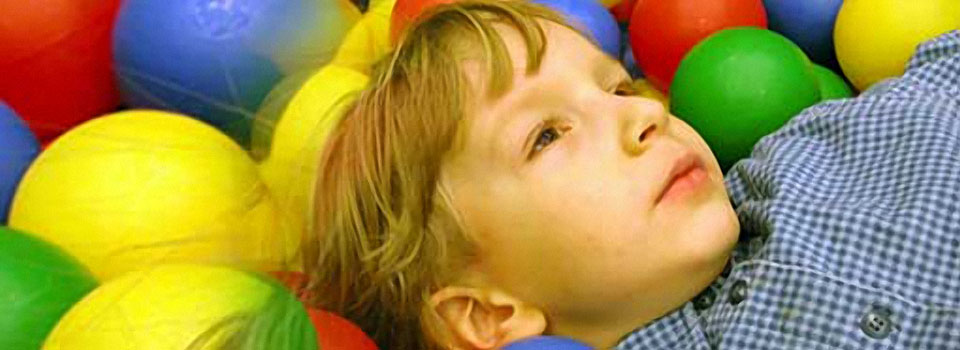A University of Georgia graduate program in special education that has prepared scores of Georgia teachers to work with elementary-age students with autism over the last several years has received a new 4-year, $793,000 federal grant to train teachers to work with similarly challenged secondary-age students.
Autism is a complex developmental disability that is part of a group known as autism spectrum disorders. Today, 1 in 150 individuals is diagnosed with autism, making it more common than pediatric cancer, diabetes and AIDS combined, according to the Centers for Disease Control and Prevention.
“There’s a need for specialized training on how to structure the classroom, how to respond to these kids when they behave inappropriately and how to design instruction that will facilitate the learning of new skills,” said David Gast, a professor of special education, who co-founded the Collaborative Personnel Preparation in Autism program at UGA in 2003.
Gast will co-direct the new program called the Collaborative Adolescent Autism Teacher Training project, with Kevin Ayres, an assistant professor of special education. It will use much of the U.S. Department of Education grant to fund fellowships for up to a dozen graduate students a year to learn how to work with secondary-age students with ASD.
CAATT will work largely with teachers in three diverse school districts in rural, urban and suburban areas of Northeast Georgia.
Gast and Deanna Luscre, who coordinated the ASD program for Gwinnett County Public Schools from 1996-2003, developed the COPPA program with a grant of $894,000 from the U.S. Department of the Education in 2003. The program received a second grant of $793,000 in 2007 for four more years.
The second grant allowed UGA to offer additional training in ASD to interested teachers in Clarke, Cobb and Forsyth county schools. Teachers from other school districts have also participated in one or more of the courses being offered.
“Preparation and specialization in teaching secondary-age students is distinct from that of elementary-age students and this expansion is significant because it provides for the development of three new courses and two new practica addressing the unique needs of adolescents related to transition planning, community-based instruction and academic content,” he said.
The new program will help put more qualified teachers into Georgia schools, which like other schools across the nation face increasing numbers of students with ASD. One Georgia school system reported eight classrooms for students with autism in 1994, today they have 180 classrooms serving those students, said Ayres.
ASD occurs in all racial, ethnic and social groups and is four times more likely to strike boys than girls. It is defined by significant impairments in social interaction and communication and the presence of unusual behaviors and interests.
The number of children diagnosed with autism has grown about 17 percent a year across the country, and could reach 4 million in the next 10 years, according to Department of Education reports.


